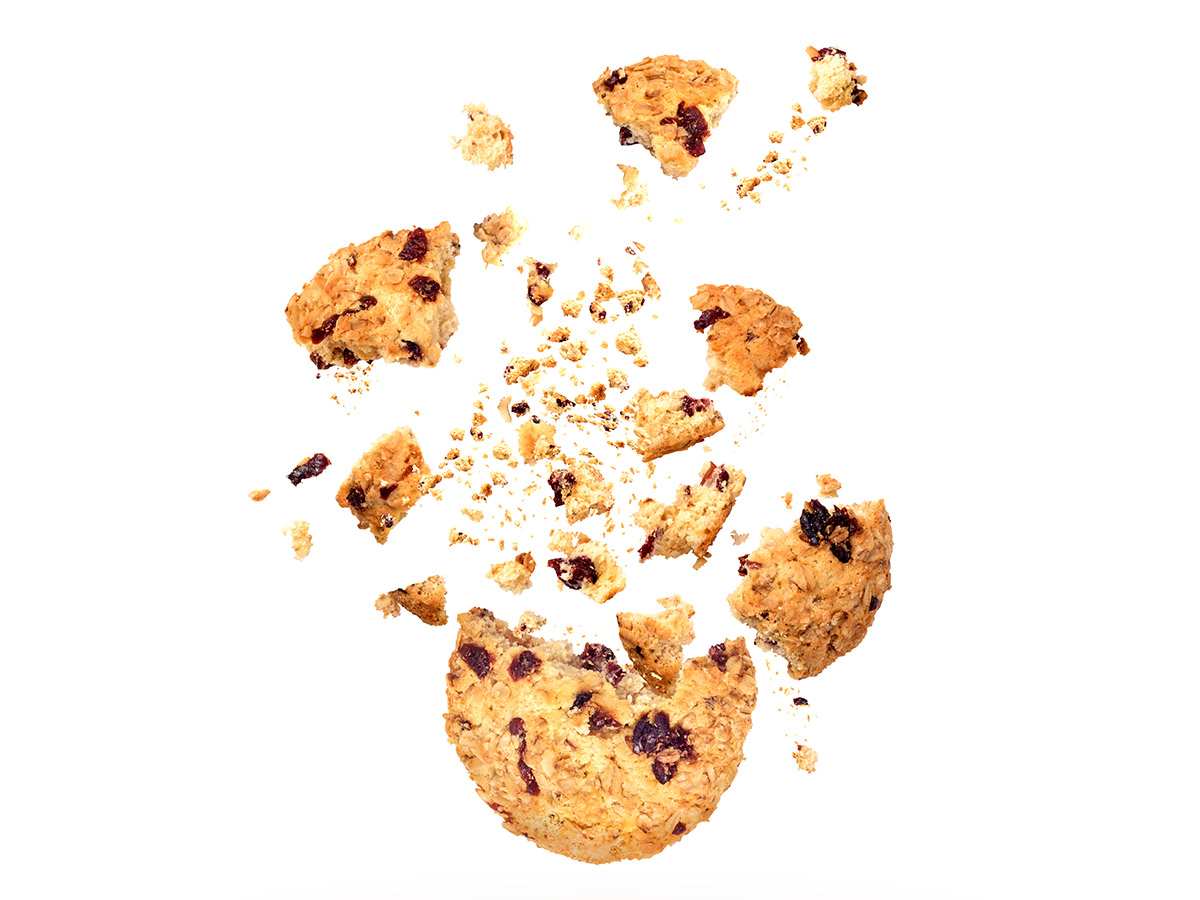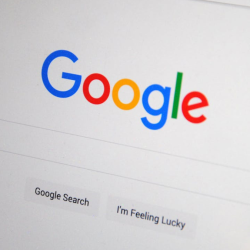The long-awaited announcement from Google finally arrived. When it becomes the last of the main browser operators to ditch third party tracking cookies at some point, probably later in 2021, it will switch to a system called Federated Learning of Cohorts (FloC).
It is not entirely clear how this will work but it would appear, on first inspection, that consumers’ browsing behaviour will lead to them being placed into audience segments. So rather than an ad network knowing, via tracking cookies, which sites a person has visited and what they could be ‘in market’ for, FloC is expected to simply communicate whether an anonymised person fits into a particular cohort, for example a fitness class fanatic or fine wine connoisseur.
There is no available launch date, but when the programme replaces tracking cookies, Google could be in for a surprise. At the other end of the advertising market, publishers are already starting to do this for themselves. In their preparation for a cookieless landscape, forward-thinking media companies are using their own first party data to segment audiences and monetise them for a premium.
The moves are part of a wider attempt by publishers to stop data about visitors leaking from their sites. Instead, they want to keep it close so they can better define audience groups and, typically on their own sell side platform, offer advertisers more targeted, privacy-compliant campaigns for a modest rise in CPM rates.
Rock your data like a Rolling Stone
At Penske Media Corp (PMC) the benefits of first party data are already becoming clear. The publisher owns many titles including billboard, Rolling Stone and Variety. Its Chief Advertising and Partnerships Officer, Mark Howard, recently revealed on a webinar that the company has seen a 20% increase in CPMs since launching its first party advertising platform last year.
He explained the business has used subscriptions, memberships, newsletter sign-ups, polls, surveys and event registrations to gather first party data on its audiences. This has allowed it to understand its readers better and build up more than 530 highly-focused customer segments which it offers to advertisers. But, he added: “This first party data strategy is really just in its early stages.”
“We know there’s a long runway to go until the deprecation of cookies but we believe [that] by having a strong foundation now, really understanding the audiences, adding a lot of this survey data to the anonymous user data that we have based off of people coming to the site who aren’t necessarily in a logged-in environment, it creates a great opportunity.”
Cookieless drop, first party rise
Although there are encouraging signs from publishers who are pushing up CPMs through first party data, media companies know the move to first party data is not without risk. The advertising industry has been so heavily reliant on tracking cookies that all involved, from brands to agency and networks to publishers, are genuinely unsure of what will happen next.
Publishers have always had a love-hate relationship with tracking cookies. On the one hand, they allow data about their readers to be sucked into the advertising eco-system. This can actually work well in some cases. It allows a publisher to reap high bids for a visitor because they have been shown to be in-market for a particular product on someone else’s site.
On the other hand, if an advertiser wants to reach, say, golf-loving CEOs, they would typically find it expensive to place messages in front of them on a top site, such as FT.com. But when they navigate away from the prestigious business title, the same person can be tracked via a cookie to a site where they can be reached at a lower CPM.
Sarah Lavery, Global Head of Programmatic at tech publisher, IDG, is balancing the excitement of what first party data can deliver for publishers with the unknown impact of dropping tracking cookies. “It’s a big change for the industry on both the buy and sell side, which will inevitably lead to some being fearful of the impacts,” she says.
“There will likely be concerns that the value of inventory traded in the open marketplace will drop significantly, and by looking at Safari and Firefox inventory, we know there is a significant drop in CPMs when cookies are not in use. But, that is assuming that there is nothing to fill the void left by third party tracking.
“Ultimately, publishers need to be proactive in identifying the right ID solutions for them and we have to hope that the buyside is being equally proactive so that they will be able to trade on this basis. Personally, I think there’s likely to be a period of transition as the industry beds in and understands what works, what doesn’t and what that means for how we forecast, plan and spend our clients’ budgets.”
Engagement boost
In this period of transition, Lavery reveals that IDG has been active in refining the first party capability the publisher had already been building up. While Rolling Stone publisher, Penske Media Corporation, has been revealing CPMs are up, IDG is keen to point out that brands can also gain from first party data through better-targeted messaging prompting more people to engage with advertising.
After comparing interactions with adverts that were placed according to its first party data insights versus those that were not, the publisher measured a significant increase.
“We have had a robust first party data offering for well over five years now and we have certainly evolved and matured over this time,” Lavery adds.
“We apply first party data to much of our direct and premium programmatic campaigns and see an increase in yield as a result. More importantly though, we recently ran insights into how these campaigns performed versus Run on Site and Run on Network campaigns and saw an increase of 120% on the click-through rates.”
Heading for a win-win?
According to ID verification business, LiveRamp, this combination of brands seeing improved engagement with their advertising and publishers seeing better CPMs should be a common experience as cookies are turned off. In many ways, it is logical that both the cost of an impression and click-throughs should increase if publishers know more about their users and can match them accurately with advertisers’ target audiences.
“By learning and understanding more about their audience, a publisher’s inventory becomes more valuable, addressable and measurable, which are all things brands look for when determining how to spend their media,” says Zara Erismann, Managing Director for EU Publishers at LiveRamp.
“Advertisers will pay more to reach a real, known person, rather than a proxy. Indeed, this approach supports the old adage ‘quality over quantity’. By making ad inventory addressable, it will drive better results, that also produces better return on ad spend. And for publishers that could yield more attractive CPMs.
As for what this means for the media and advertising industry on a global scale, Erismann confidently predicts the move away from cookies will give consumers better privacy protection. It should also deliver better results for brands and put more power back in the hands of publishers.
“The death of third-party cookies will be an opportunity for the industry to rebuild a more valuable ecosystem built on trust,” she says, adding: “Consumers will be guaranteed permission, trust, control and choice. Publishers will be returned to the driving seat, in control of their user and ad buyer relationships. Whilst brands will see a smoother path to cross-channel executions and measurement.”
Post-cookie world looms large
It was no secret that Google would be dropping cookies at some point in 2021 and that it would likely replace tracking code with anonymised, segmented audience groupings. There is still little precise detail on how these cohorts will be defined and how many will be made available to advertisers.
What Google is suggesting, publishers are already starting to offer on the sell side. The early indications are that either recognising a logged-in user on a site, or placing an unknown visitor in to a likely audience segment, based on their recent browsing history with the publisher, is working out well.
The move to first party data has allowed progressive publishers to take to the front foot to gain back some data control many will fear they have previously lost to tracking codes following their audiences around the web. As cookies finally go, though, it will be fascinating to see how this adoption of first party data by publishers plays out as Google launches its own system for audience segments, or cohorts.
Expect publishers to use as much first party data as possible on their sell, or supply, side advertising platforms while using Google’s cohort system on advertisers’ demand side platforms. At the same time, expect a lot of talk around publishers saying they will work with either their own or Google’s system but, as an added incentive, knowing and recognising audiences leads to better campaign analytics and more effective frequency capping.































